How do you generate leads to your real estate business?
Here’s a fact: Right now, clients are looking to buy or rent your property.
81% of people will search online for a product/service when making purchase decisions
You don’t have to spend thousands of dollars on a TV commercial or Billboard advertising campaign to reach them, use inbound marketing strategies.
According to a study, 81% of people will search online for a product/service when making purchase decisions. These searchers aren’t only for wristwatches, but for big purchases, too — like a home.
If you stick with the same outdated marketing tactics, your property could stay on the market more than is required. And it’s not because clients aren’t available or ready, but because they couldn’t find your property when they search online.
Therefore, you need to bring your real estate business online if you must succeed and thrive in this industry.
Here are the 5 inbound marketing tricks and tactics that work like charm to help real estate companies attract the right clients:
1. Embrace Content Marketing
91% of B2B marketers are engaging with their clients via their content marketing efforts
Content is the lifeblood of any online venture. Online marketers know the importance of content, and how it drives user engagement and builds trust.
According to Review24, “As a key strategy, 91% of B2B marketers are engaging with their clients via their content marketing efforts.
Real estate companies need to embrace content marketing. It all boils down to understanding what questions the audience is asking, then creating useful content to address their questions.
As a real estate company, you can take advantage of foundational content. In other words, use the in-house data you have gathered in the previous months and years to create unique content that can’t be found elsewhere online.
By creating foundational content that’s custom-tailored to your audience, you’re giving potential clients a good reason to trust you and buy from your listings.
Written content like articles shouldn’t be your only strategy. Podcasts, and particularly videos engage people the most.
And you don’t need expensive equipment to create engaging videos, neither do you have to go super fancy with it. An informative, honest selfie-video with no B-rolls or stock imagery can be more effective than an expensive, professionally produced video.
My favorite example is how FatJoe captivates new prospects when they visit its Blogger Outreach page. The video is clean, honest, straight-forward, and bonding:
Your content must be engaging. When people are looking for listed properties near them, they want to be able to trust you before they make a call or visit your office. If you have a lot of useful content already, you can use Easel.ly to turn them into infographics and distribute across the web.
Another important aspect of content creation is the formatting. Make it easily digestible. Use small blocks of text (four lines at most), use high-quality images, and have an intuitive user interface.
Long-form content is becoming a norm in the digital marketing space. Therefore, when you create content, don’t hoard information about a topic. Address all of the known questions on a given topic.
2. Blogging Consistently
Online consumers trust blogs more than online magazines, brand websites, Twitter, and other social networks.
One powerful aspect of content marketing is blogging. By blogging, I’m not talking about your diary of experiences. Blogging is the process of creating helpful content regularly to provide a learning center for your audience.
Blogging, in addition to growth hacking techniques like offering free trials, have helped most Real Estate Tools companies like EgoRealEstate, ZipperAgents, MyRealEstateTools, etc. to acquire over 100,000 active users.
When it comes to buying or renting properties, prospects and home buyers have a lot of questions, doubts, opinions, and experiences to share.
Oftentimes, they’ll interact with users on Facebook, Twitter, LinkedIn, Reddit, YouTube, or just ask Google for answers.
All of this information ignited the concept of blogging. Your blog should be able to provide useful information in the form of articles, white papers, videos, podcasts, slide presentations, and more.
Online consumers trust blogs more than online magazines, brand websites, Twitter, and other social networks.
But it’s never enough to start a blog, you need to do it consistently. When you provide real value continually, your blog will gain authority quickly. This will result in high-quality links pointing to your property listings and pages. When listing your property, make it attractive.
Pro tip: Use the same approach that eCommerce marketers use when creating product descriptions that will bring in the sales.
Blogging consistently enhances your real estate brand as an authority and nurtures relationships with readers (i.e., prospects).
This approach works better than interruptive outbound marketing tactics, such as Facebook advertising that sometimes annoys people. It’s easy to see why inbound marketing can convert more leads into clients.
All in all, the purpose of blogging is to stand out as the go-to company in your industry. This means that you don’t have to write about everything. You have to identify your area of specialization and stick to it.
A good example is how iNECTA stands out by targeting Seafood traders on its blog, and not the entire food market. As a result, the company’s cloud ERP solution, videos, podcasts, blog posts, and conferences are all aimed at helping Seafood traders.
3. Search Engine Optimization (SEO)
SEO leads have a 14.6% close rate compared to print advertising with only a 1.7% close rate.
SEO isn’t a new concept. Smart real estate companies have been using it to attract leads and make more money.
It’s the strategies and steps taken to make your website/blog to be visible in the search engines (e.g., Google), when people search for targeted keywords. This process will not only get you a lot of organic traffic, many interested clients will come to your website and view your property listings.
Although running Google ads puts you in front of the target audience faster, since you’re paying for clicks, it can be very costly. More so, when you stop paying for these ads, your property listings and web pages will not receive any more leads and clients. How sad?
Search Engine Optimization offers tremendous benefits. Hence, it should be regarded as an investment, for which you can expect a significant ROI. Research shows that SEO leads have a 14.6% close rate compared to print advertising with only a 1.7% close rate.
Yes, SEO takes time. You need anywhere from 3 – 8 months to start seeing significant results. Imagine your website or property listing page showing up in the top #1 or #2 position in the Google organic results page. This alone can send thousands of potential clients to your business.
Of course, there are huge real estate websites like Realtor.com and Zillow that are dominating organic results right now. But don’t let that discourage you. These are huge companies, so there’s a chance they’re leaving a ton of low-competition keywords that you can target on your pages.
Although Smith Thompson, a Dallas Home Security firm doesn’t sell properties, however, it uses the same approach to find low-competition keywords that giants in the industry have neglected. The result: conservatively 15,000+ monthly organic traffic and now ranks for 4,000+ keywords.
Essentially, purchasing a new house or renting a property still involves the traditional method of interacting with clients.
While most clients will come to your website to learn about you, your ideology, and business approach, others will call your phone line to ask questions. If your site isn’t optimized for various ‘topics’ and ‘keywords’ that prospects are searching for, your real estate company is as good as being extinct. It’s that serious.
4. Social Media Marketing
Social media marketing made significant impacts (17.9% and 24.8% respectively) on the lead generation goals for both B2B and B2C companies.
Social media marketing is an inbound marketing strategy we’ve embraced for so long. Some people realize it while others just have fun in the process.
If you’ve ever liked, shared, commented, upvoted, or even posted on any social media platform, then you’re already executing the ‘marketing’ aspect of it. Don’t you think it’s time to be deliberate about it?
Real estate companies can do a lot on social media networks. Apart from sharing pictures of their listed properties for sale or rent, they can connect with ideal home buyers in real-time.
According to the State of Digital Marketing Report, in the Q3 of 2019, social media marketing made significant impacts (17.9% and 24.8% respectively) on the lead generation goals for both B2B and B2C companies.
Social media marketing propels companies to interact and spread their influence to a group of people who are interested in supporting their causes.
To get results, you need to develop a comprehensive social media marketing strategy. That way, you can build your company’s brand or personal brand, with the ultimate goal of creating a win/win between you and home buyers.
When combined with other inbound marketing tactics, social media marketing has the potential to bring you unimaginable results. Creating viral social media campaigns may be hard to achieve, but engaging with your followers and target audience consistently can yield significant results.
Remember that people aren’t necessarily interested in buying a property or renting a home when they’re using Facebook, Pinterest, or Twitter. They’re connecting, conversing, and engaging with their friends.
Get them to visit your blog or download your free offer. Then you use one of the webinar software to host a live or recorded webinar that will instantly build trust with them.
You can use chat acronyms and emoticons when communicating with your social media audience. This helps you to pass your message across in a more subtle manner.
Use social media to grab users’ attention. Get them interested in you or your brand. As they follow you and establish a level of trust with your brand, it becomes a lot easier to recommend, showcase, or sell a property to them.
5. Email Marketing
For every $1 invested in email marketing, companies can expect a $40 ROI
Properties are expensive. As a result, it’s going to be difficult to sell to clients who don’t trust you yet. When they first land on your website, it’s like the first date — you don’t propose marriage. But rather, you tease them, you get to know them, you stay cheerful and answer some (not all) of their questions.
Email marketing is the new way to capture site visitor’s information and then follow up with them. With email marketing, real estate companies can increase leads and close more deals. For every $1 invested in email marketing, companies can expect a $40 ROI, based on this data.
Email newsletters, setting up behavior-triggered emails, and segmenting your contact list can help you send closely-targeted emails to the right people. This is the best way to get more buyers without being pushy.
To attract prospective home buyers to your email marketing campaigns, it’s recommended to use both organic and paid methods.
You can advertise on Google, or use the Facebook ad tool to run some profitable PPC ads, spend time networking with industry leaders, encourage happy clients to refer their friends and family members, and don’t forget to create useful content for your blog.
To gain some insights on what subscribers want, send surveys and leverage quiz marketing strategies. They work really well.
With an inclusive email marketing strategy that puts the prospect and subscribers first, you can save time through automation. Keep sending useful and relationship-building emails.
Once you’ve gained their trust, it’s time to recommend your property or answer any questions they might have when it comes to buying or renting a property.
Conclusion
All in all, inbound marketing is a true path to take when you’re looking to get leads and customers to your real estate website.
Having a professional website, developing a winning SEO strategy, and utilizing social media work like a charm to help grow your real estate business.
Through your real estate blog, you’ll be engaging with two groups of people: those ready to buy or rent a property now and those who want to learn more to make purchase decisions.
With automation tools, you can easily nurture your blog subscribers through email campaigns.
All of these are legitimate inbound marketing tricks to help attract the right prospects and clients to your property listings. But you’ve got to start now. Will you?


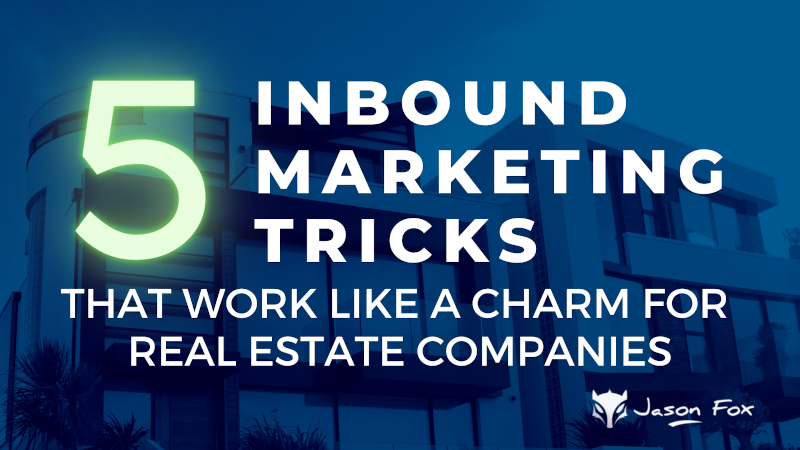
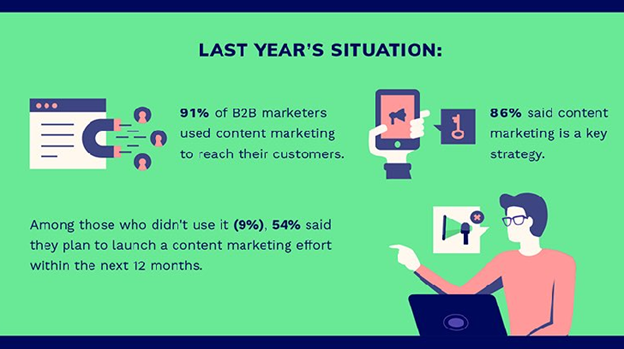
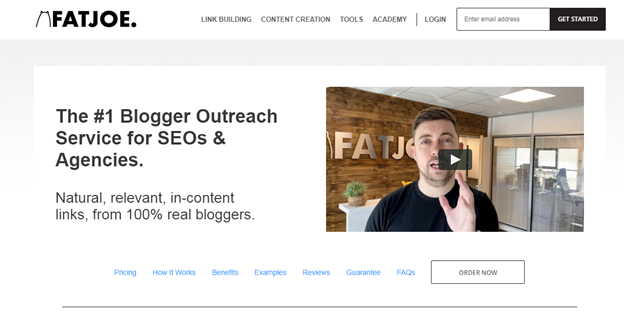
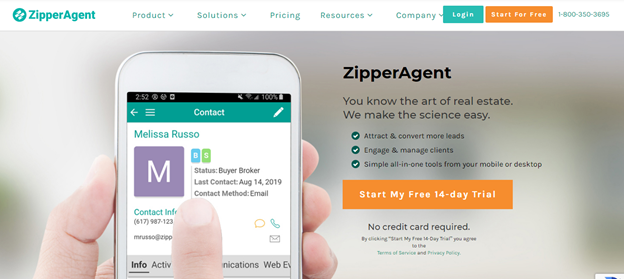
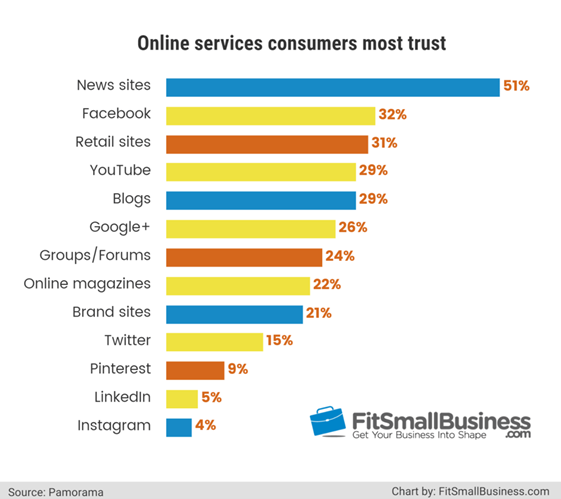
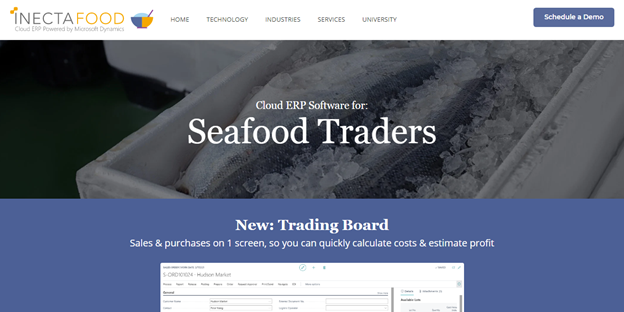
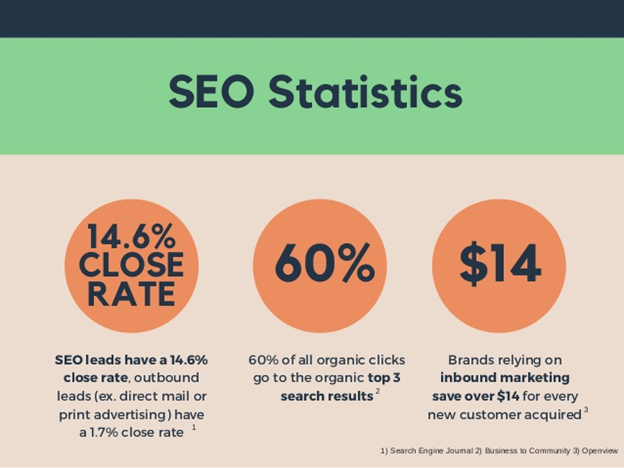
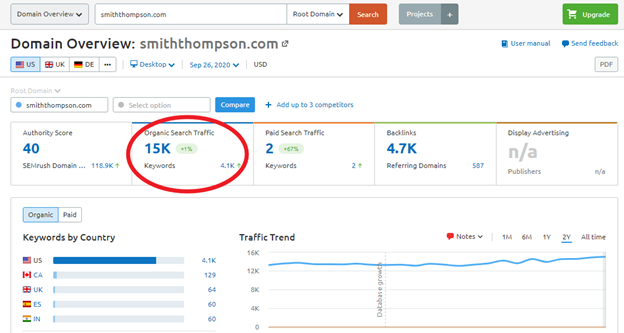



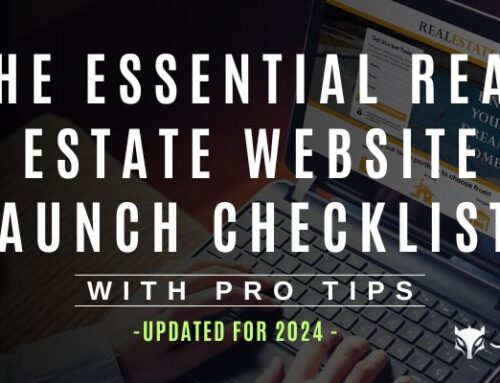


Leave A Comment